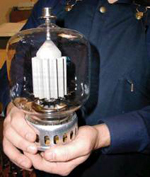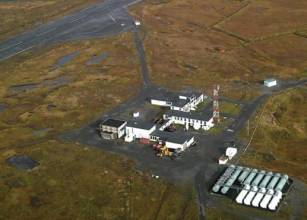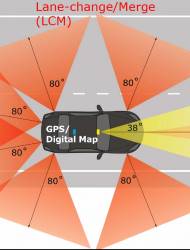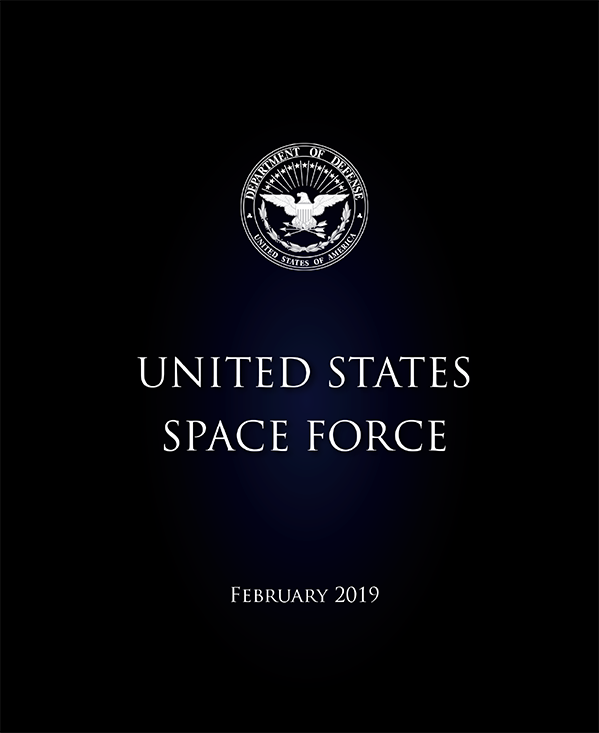 Antiquated LORAN vacuum tube
Antiquated LORAN vacuum tubeThe Bush administration appears to have finally made a long-delayed decision to complete implementation of an enhanced LORAN (LOng RAnge Navigation) system to serve, in part, as a back-up to GPS.
Late in the drafting process of the Fiscal Year 2009 (FY09) budget proposal that went to Congress earlier this week (February 4), officials added language “migrating” the LORAN-C system from the U.S. Coast Guard (USCG) to the Department of Homeland Security’s National Protection and Programs Directorate (NPPD). A $34.5-million budget and 294 positions would take part in the migration.
The Bush administration appears to have finally made a long-delayed decision to complete implementation of an enhanced LORAN (LOng RAnge Navigation) system to serve, in part, as a back-up to GPS.
Late in the drafting process of the Fiscal Year 2009 (FY09) budget proposal that went to Congress earlier this week (February 4), officials added language “migrating” the LORAN-C system from the U.S. Coast Guard (USCG) to the Department of Homeland Security’s National Protection and Programs Directorate (NPPD). A $34.5-million budget and 294 positions would take part in the migration.
In the words of the USCG “Posture Statement” on the FY09 budget, the action was taken “in preparation for conversion of LORAN-C operations to Enhanced LORAN (eLORAN).” LORAN will be incorporated within the National Communications System (NCS) responsibilities of the DHS to “provide mission-critical national security and emergency preparedness (NS/EP) telecommunications for Federal, State and local governments, and private industry. . . .”
The NPPD portion of the FY09 budget document confirms the role of eLORAN for protecting the nation’s positioning, navigation, and timing (PNT) capabilities: “the Department, acting as Executive Agent, will undertake development of enhanced Long Range Navigation . . . as a backup for the Global Positioning System (GPS) in the homeland. NCS will oversee LORAN-C modernization as a first step toward providing back-up capability for critical infrastructure that depends on GPS for position, navigation and timing.”
More Work Remains
The budget proposal appears to have removed the threat of LORAN’s decommissioning that has hung over the program for several years in the Department of Transportation’s Federal Radionavigation Plan and an effort by the Coast Guard to defund the program in the current fiscal year. But language in the Homeland Security Department portion of the Consolidated Appropriations Act of 2008 denied that request.
A budgetary gap remains, however, in funding further modernization in the current LORAN infrastructure to implement a fully operational eLORAN system. The $34.5-million allocation would merely maintain the current level of operation of the partially completed modernization of LORAN, for which the Coast Guard is expected to continue operation on a reimbursable basis in 2009.
According to the DHS budget document, “DHS has vested NPPD with the responsibility to develop this capability based on the transformation of LORAN-C system to Enhanced LORAN. . . . Transfer of LORAN budget authority will provide NPPD with financial oversight and responsibility for the system and permit the Department to fund any planned upgrades to the system.” Until 2009, the Coast Guard will work with NPPD to develop a plan for transformation of LORAN-C to eLORAN.
Since 1999, Congress has allocated $160 million to begin the eLORAN improvements, according to a presentation by USCG Capt. Curt Dubay to the U.S. Space-Based PNT Executive Committee last October. Of the 24 U.S. LORAN-C stations; 19 have been updated and modernized to transmit the extra data services required for eLORAN, but a monitoring network has not yet been installed.
No funds have been allocated since FY06, however, and a full eLoran
system would cost up to $400 million more with an expected annual
allocation of $15–$25 million, Dubay said. Annual LORAN operations and
maintenance costs (as of FY06) are $45 million, a figure expected to
decline to a projected $22 million a year upon implementation of full
eLORAN system architecture with reduced staffing at automated stations.
Improvements have included the following:
• upgrade existing station transmitting equipment to new solid state transmitters and associated timing equipment (atomic clocks)
• transition to time of arrival (TOA) positioning techniques, similar to pseudorange-based navigation used in GPS
• incorporate new messaging channel to increase position and time accuracy (differential Loran, integrity, and time messages)
• support operation of modern all-in-view equipment (improves fix geometry for better accuracy and extended coverage).
Modernization of LORAN improves the system’s positioning accuracy from between 0.25 and 1 nautical mile to between about 3 and 20 meters.
Meets Navigation, Infrastructure Protection Needs
According to Dubay, eLORAN provides maritime harbor entrance and approach accuracies of 10–20 meters and meets aviation required navigation performance requirements of 0.3 nautical miles for non-precision approach and integrity. A high-power, low-frequency, land-based system — the inverse of GPS — eLORAN provides coverage in many obstructed areas not served by GPS.
Although launched after World War II as an aid to maritime navigation, a modernized LORAN would support many air navigation and precise timing needs, according to its advocates. A Federal Register notice last year requesting comments on eLORAN garnered about 1,000 responses, more than 90 percent in support of the system.
An Independent Assessment Team (IAT), set up in 2006 and headed by Brad Parkinson, the first GPS Joint Program Office executive director, and Jim Doherty of the Institute for Defense Analysis, unanimously concluded that eLORAN was a prudent, affordable back-up to GPS that would contribute to protection of critical national infrastructure.
The latest support for the eLORAN program emerged in an analysis completed last summer by ITT Corporation’s Advanced Engineering & Sciences Division for the NGATS Institute that is backing the Next Generation Air Transportation System, a joint government-private sector partnership that would transform the national air system.





